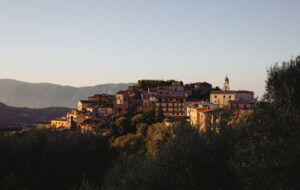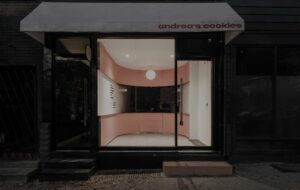|
|
||
|
The VW has driven down some unlikely avenues of post-war history, serving both the German railways and the hippie movement before well-heeled surfers grabbed the wheel, says Will Wiles The last Volkswagen Type 2 rolled off a Brazilian production line at the surprisingly late date of December 2013. Regulations governing the country’s auto industry were being tightened up, mandating airbags, anti-lock brakes and the like. Brazilian lives were to be saved, but at the cost of shutting down the last ecological niche of this small, characterful panel van, which has been one of motoring’s great success and survival stories. It’s not the “Type 2” for most people, of course – it’s the VW camper van, a name as evocative as it is inaccurate. Its predecessor, the Type 1, is another storied classic: the Volkswagen Beetle. Like the Beetle, the Type 2 is German, but its godfather was Dutch: Bernardus Marinus Pon, better known as Ben Pon. After the Second World War, Pon was the first dealer to sell the Beetle outside Germany. Visiting Volkswagen’s Wolfsburg plant in 1947, he identified a gap in the post-war market, suggesting they produce inexpensive utility vehicles along Beetle lines. He even sketched a basic design – a rounded box on a Beetle wheelbase – that is still recognisable today. In 1950, the first Type 2s were introduced. While the design has been steadily upgraded over the years, it’s the first and second iterations (confusingly called T1 and T2) that most people now think of as the classic “VW camper” – though the boxy 1980s T3, once much maligned, is starting to gather its own band of devotees. The Type 2 is a supremely adaptable vehicle, which makes the “camper” moniker partial at best. That was only the leisure version of a true renaissance van, one that could serve equally well as commuter transport, pickup, minibus, ambulance or fire engine. Thirty Type 2s were even transformed into “draisines”: light, metal-wheeled vehicles for use on the tracks of the German railways. This versatility – added to the Type 2’s simplicity and surprising roominess – might go some way to explaining its global success, with 1.5 million sold. However, it doesn’t quite explain the extraordinary affection in which the van is held. Much like the Beetle, the cheap, cheerful VW camper became strongly associated with the counterculture of the 1960s and 70s – “hippie van” is one of its many nicknames. It had a pared-down, modernist Euro grooviness lacking in the comfortable but bloated motor homes and station wagons of suburban America. That it was popular with the surf fraternity (handy for the boards) didn’t hurt, either. This edge of carefree nomadism has carried the camper deep into the heart of mainstream taste, out of all proportion to the number kept on the road by its loyal fanbase. Feed the words “camper van” into Amazon and marvel at the hundreds of products that pop up with images of the Type 2 printed on them: duvet covers, coasters, mugs, dustpans, washbags, and that’s just the first page. It’s a modern version of the decorative motifs applied to 18th-century toile fabrics, with beachgoing hippies replacing frolicsome peasants in pastoral scenes. Of course, real peasants tended not to frolic and, similarly, it’s hard to like the wholesome, Waitrosey symbol the Type 2 has become – a laid-back existenzminimum as a cover for the usual rampant materialism. Still, the vehicle itself can’t help the semiotic role it is being made to serve, and if the Type 1 can shake off the Nazis, the Type 2 can survive being loved into kitsch. |
Words Will Wiles
Above: A Type 2 settles down for the night in the Los Padres National Forest, California
Image: Anthony Georgis |
|
|
||















